Are you curious about the popularity of Korean mukbangs? Mukbang, which translates to "eating broadcast" in Korean, has become a well-known trend in recent years.
These Korean food videos feature people eating large amounts of food while interacting with their audience. Mukbangs can range from simple home-cooked meals to elaborate feasts, and the hosts often engage with their viewers through live chats or social media comments.
In this guide, we'll explore the context behind the Korean mukbang trend, the types of foods you'll typically see in these Korean eating videos, and how to correctly pronounce "mukbang."

Jump To
What is Mukbang?
If you're not familiar with the meaning of mukbang in Korean, it’s basically a popular online trend that’s taken the world by storm. It originated in South Korea and has since spread to other parts of the world.
In essence, it's a live stream or video of someone eating a large amount of food while interacting with their audience.
What Makes Mukbang Unique?
What makes mukbang unique is that it's not just about the food, but it's also about the interaction between the person eating and their audience. The person eating will often chat with their viewers, answer questions, and even take suggestions on what to eat next.
This live audience interaction is what sets mukbang apart from other Korean food videos. Mukbang has become so popular that it has spawned a whole industry of its own, largely living on platforms like Youtube and Instagram.
There are now mukbang celebrities who make a living from eating and broadcasting their meals online. Mukbang videos have also become a way for people to connect with others who share their love of food, and for many Korean idols, Weverse is a popular social media platform where they share shorter mukbang videos.
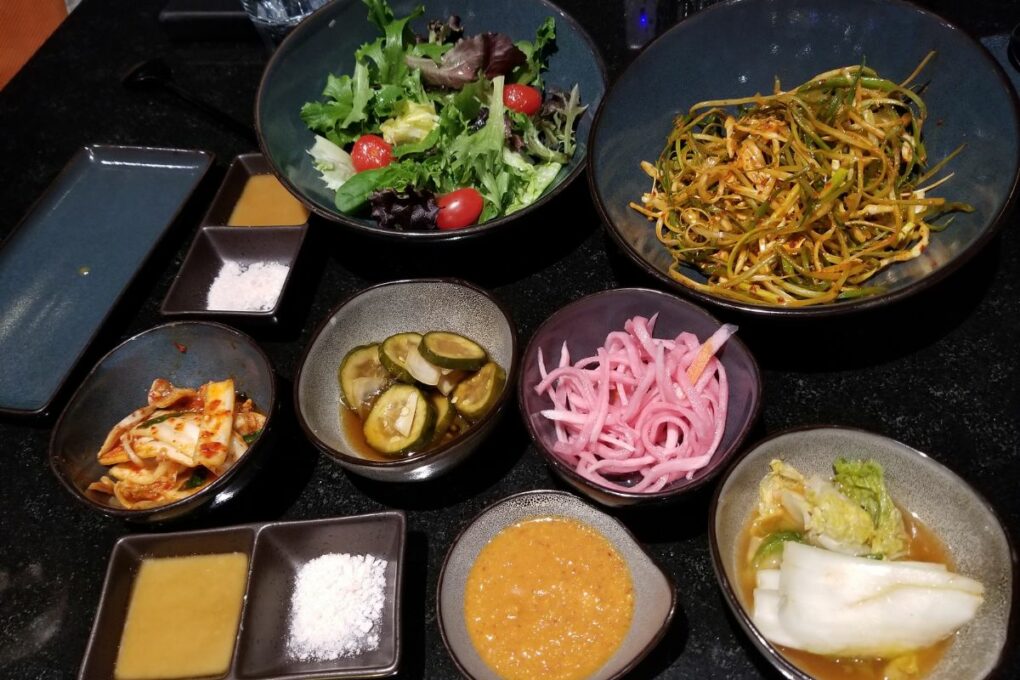
Social Connection
Mukbang has become a way for people to connect with others, especially during the pandemic when social distancing has become the norm. Watching other people eat and chat can provide a sense of community and belonging.
Entertainment
Mukbang can be entertaining to watch, especially when the host has a unique personality or eating style. Some mukbang hosts are known for their over-the-top reactions to food, while others are famous for their ability to eat massive amounts of food in one sitting.
Interestingly, many of the most popular mukbangers are quite small or skinny, yet they are still able to consume large amounts of food. In fact, some viewers only watch because they find it impressive how these mukbangers are able to eat so much without gaining weight.
Food Exploration
Mukbang allows viewers to explore different types of food and learn about new dishes from around the world. It's a great way to discover new foods and expand your palate, with some popular options including Korean comfort foods like ramen and bingsu.
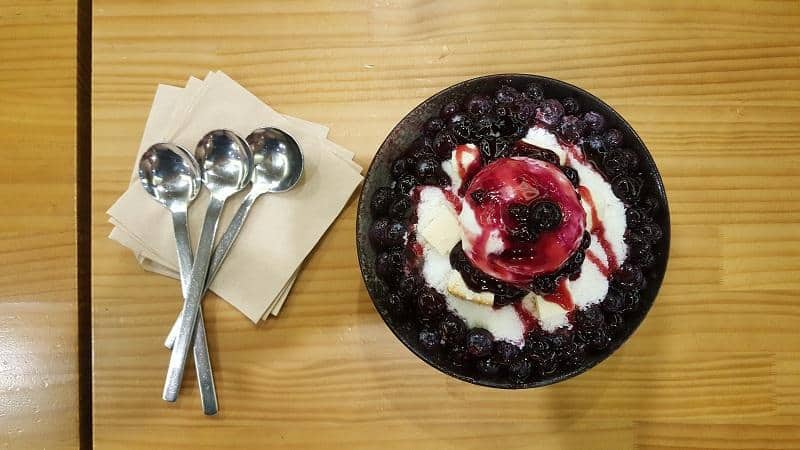
ASMR
Some mukbang videos are designed to trigger ASMR (autonomous sensory meridian response), a tingling sensation that some people experience in response to certain sounds. The sound of food being eaten can be soothing and relaxing for some viewers.
Korean Dishes
Korean mukbangs have become a global phenomenon, with millions of viewers tuning in to watch people eat massive amounts of food while chatting with their audience.
One of the key elements of a successful mukbang is the food itself, and Korean cuisine has become particularly popular for its bold flavors and visually appealing dishes. Some of the most commonly eaten Korean food during mukbangs include:
1. Bibimbap
Bibimbap is a popular Korean dish that consists of a bowl of rice topped with various vegetables, meat, and a fried egg. It is often served with gochujang, a spicy red pepper paste, and sesame oil, which are mixed together before eating.
Bibimbap is also a great dish for mukbang because it is visually appealing and has a variety of flavors and textures, and all the fiber in the veggies helps you digest all the other not-so-healthy dishes people often eat.
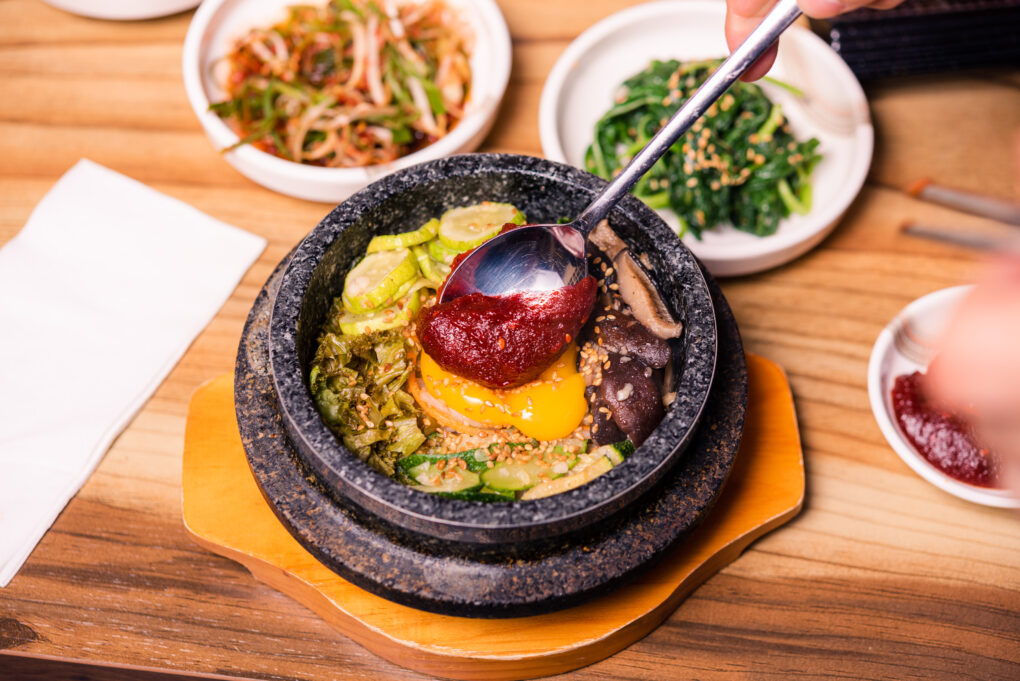
2. Jjajangmyeon
Jjajangmyeon is a Korean-Chinese noodle dish that is made with black bean sauce. It is typically served with diced pork and vegetables, such as onions, zucchini, and potatoes. Jjajangmyeon is a popular dish in mukbangs in Korea because it’s hearty, flavorful, and satisfying.
3. Korean Fried Chicken
Korean Fried Chicken, or KFC, is a popular dish in Korea that is known for its crispy exterior and juicy meat. Fried twice, the chicken acquires its characteristic crunchiness, and it is commonly accompanied by various sauces, such as soy garlic or spicy garlic sauce.
KFC is a perfect mukbang dish due to its ease of consumption and broad appeal. It's even enjoyed by American mukbangers quite commonly, but more on that below.
4. Kimchi Stew
Kimchi stew, or kimchi jjigae, is a spicy stew made with kimchi, pork, tofu, and other vegetables. It is a staple in Korean cuisine and is known for its bold flavors and health benefits.
Kimchi stew is a popular dish in mukbangs because it is warming and comforting, and the spicy flavor is sure to keep viewers engaged as the host turns increasingly more red and sweaty.
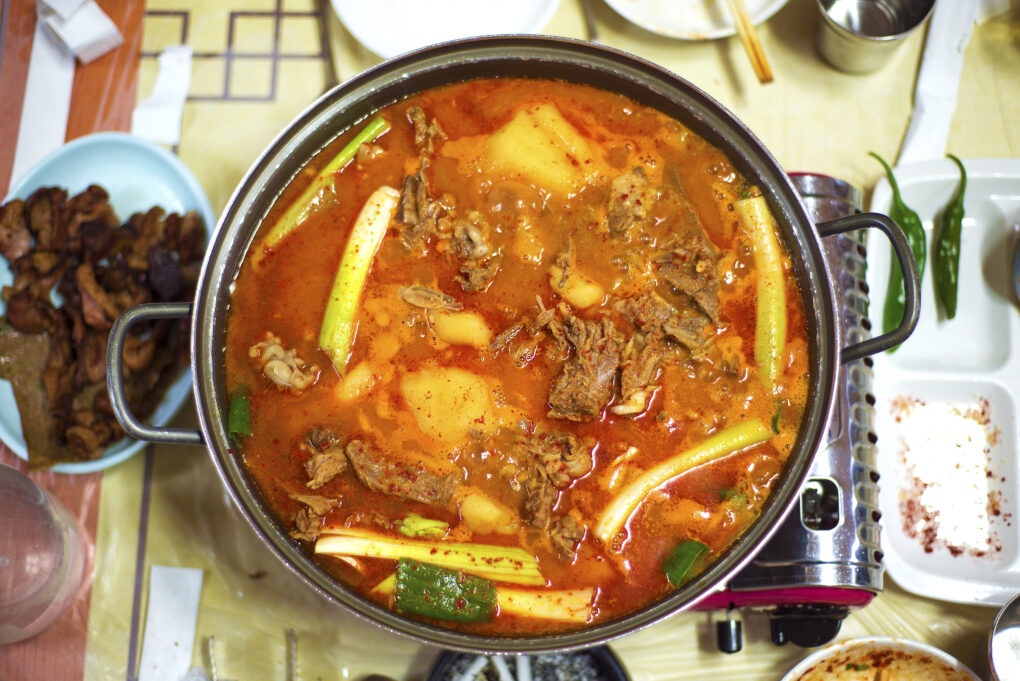
Korean Snacks and Street Food
If you've ever visited Korea, you know that the country is famous for its street food and snacks. From savory treats to sweet delights, Korean cuisine has something for everyone, and these are the most popular to nom on during Korean eating videos.
1. Tteokbokki
Tteokbokki is a popular Korean street food made with chewy rice cakes that are cooked in a spicy sauce. It is often served with fish cakes, boiled eggs, and scallions. Tteokbokki is a great snack for mukbangs because it is easy to eat and has a spicy kick that will keep viewers engaged.
2. Hotteok
Hotteok is a sweet Korean pancake that is filled with brown sugar, cinnamon, and nuts. It is a popular street food in Korea and is often enjoyed as a dessert or snack.
Hotteok is a great choice for mukbangs because it is visually appealing and has a pleasant spice flavor and chewy texture, sure to satisfy your sweet tooth.
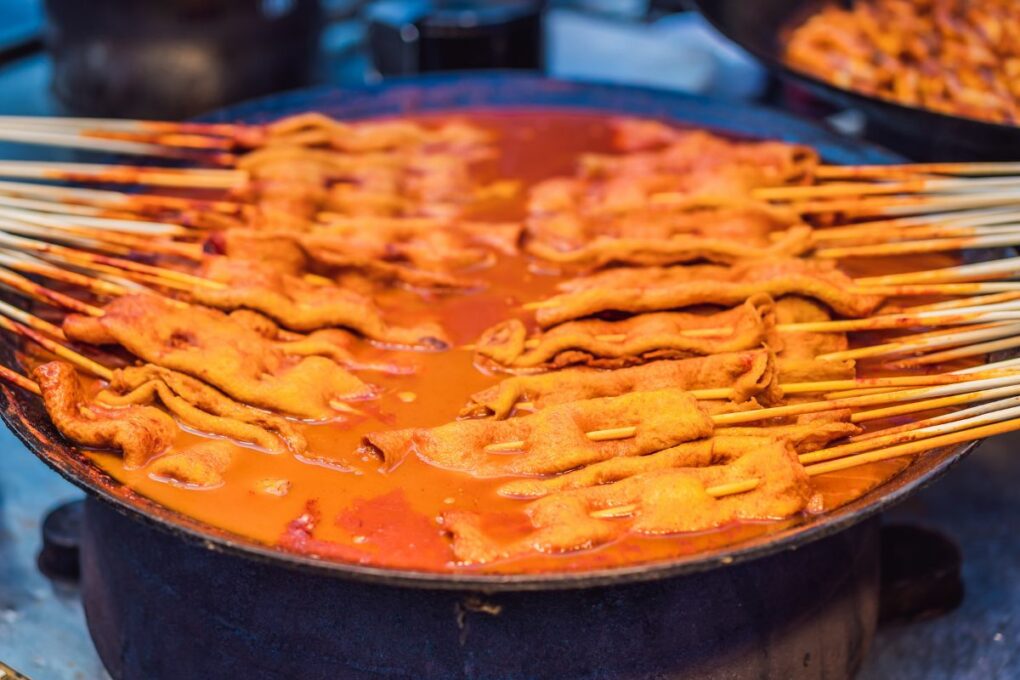
3. Odeng (Spicy Fish Cakes)
Odeng, or fish cake, is a popular Korean snack that is often served on skewers. It is made with white fish that is mixed with various ingredients such as potato starch, salt, and sugar, then served in its own soup.
Odeng is a great snack for mukbangs because it is easy to eat and has a mild flavor that will appeal to a wide audience. Most often, they're combined with spicy rice cakes, making for a filling but balanced meal.
4. Bungeoppang
Bungeoppang is a fish-shaped pastry that is filled with sweet red bean paste. It is a popular street food in Korea, most often enjoyed during the winter months. Bungeoppang is a great choice for mukbangs because it is visually appealing and has a sweet flavor, without being overly-filling.
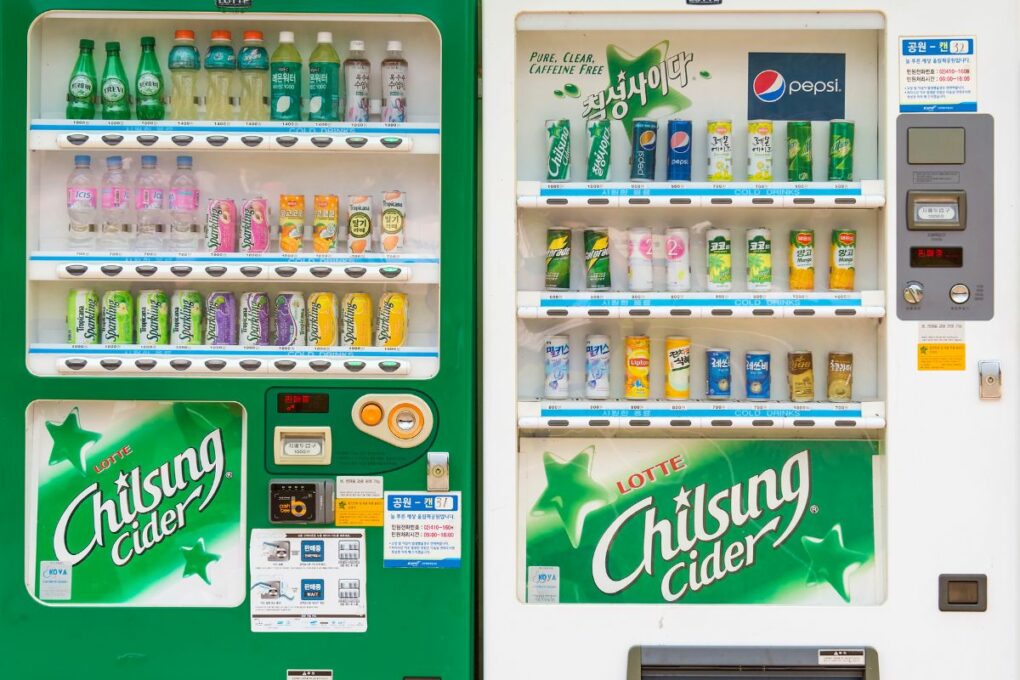
Korean Drinks
Korean cuisine is not only famous for its delicious food but also for its unique and refreshing drinks. From traditional teas to modern soft drinks, Korean beverages have also become popular to enjoy during mukbangs.
1. Korean Green Tea
Korean green tea is a traditional tea that is made from the leaves of the Camellia sinensis plant. It is often served hot and is known for its health benefits.
Green tea is also a great drink for mukbangs because it has a refreshing taste, perfect for cleansing your palate between bites, though some mukbangers prefer a fancier version, like a matcha dalgona.
2. Sikhye
Sikhye is a sweet Korean rice drink that is made with malt barley and rice. It is often served cold and is a popular drink during the summer months. It's a great drink for mukbangs because it has a uniquely sweet flavor, making it ideal to serve with snacks, mains, or sweets.
3. Bokbunja
Bokbunja is a sweet, fruity wine made from black raspberries. It's a popular alcoholic drink in Korea often enjoyed as a dessert wine, even sold in convenience stores, most popular with older women and those in their twenties.
4. Soju
Soju is a clear, colorless distilled liquor that is often compared to vodka. It is the most popular alcoholic beverage in Korea and is often enjoyed with food.
Soju is a great drink for mukbangs because it is easy to drink and has a low alcohol content, making it perfect for long sessions, but only as long as you’re of legal drinking age in your home country and always remember to drink responsibly.
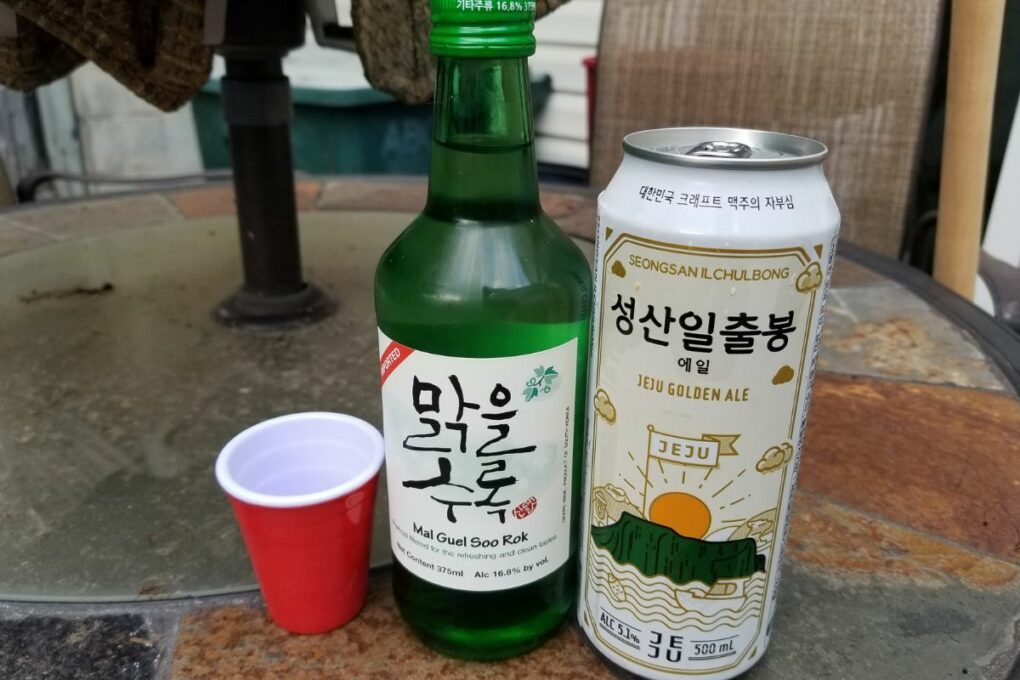
Mukbang in the U.S.
Mukbang has become a global phenomenon, and the trend has taken off in the United States, as well. Many American YouTubers have started creating mukbang videos, and the popularity of Korean cuisine has made it a natural choice for American mukbangs.
One of the reasons that Korean cuisine has become so popular in the U.S. is because of the rise of Korean-American communities. Korean Americans have introduced Korean cuisine to a wider audience, and their influence can be seen in the popularity of Korean dishes in American mukbangs.
1. Korean Fried Chicken
Korean fried chicken has also become a staple in American mukbangs, thanks to its crispy exterior and juicier meats & sauces. It is often served with cubed daikon radish &a variety of sauces, such as soy garlic or a spicy sauce like honey sriracha.
2. Ramen
Ramen, a Japanese noodle soup, has become a popular dish in American mukbangs. It is often customized with various toppings, such as eggs, pork belly, and vegetables, though instant ramens from Korea are also heavily featured.
3. Pizza
Pizza may not be a traditional Korean dish, but it has become a popular choice for American mukbangs. Mukbangers often order extra large pizzas with a variety of toppings and eat them on camera.
4. Seafood Boil
Seafood boils, a Southern American tradition, have also become popular in American mukbangs. Mukbangers often order large platters of seafood, such as crab legs, shrimp, and crawfish, and eat them alone or with friends for collab videos.


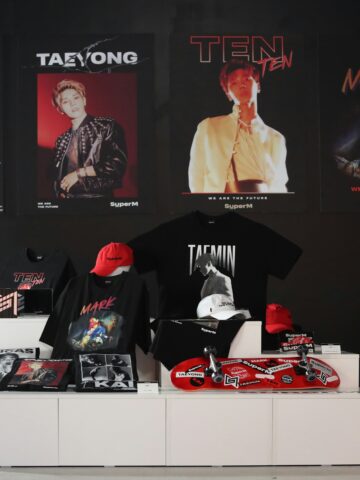

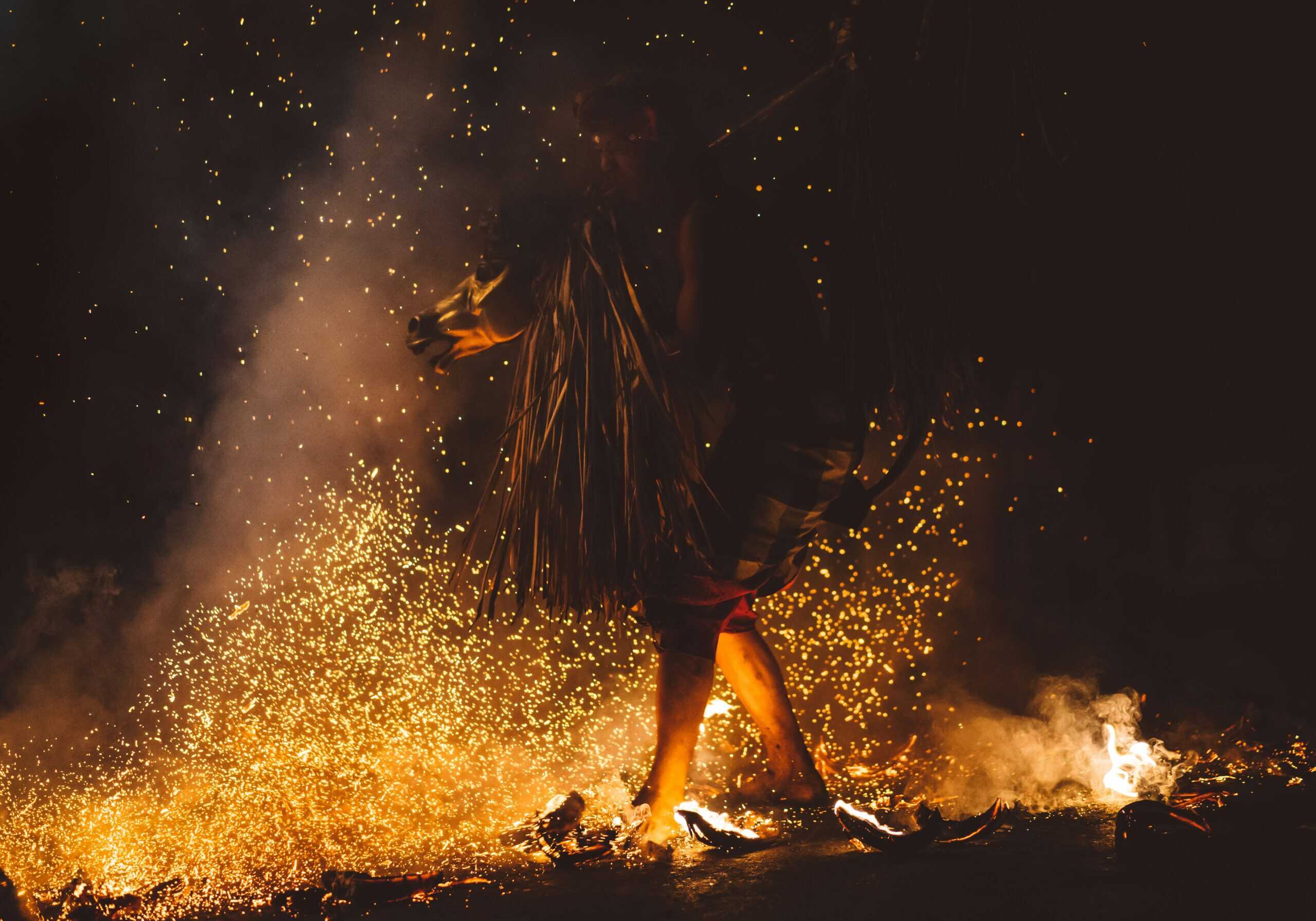
Comments
No Comments